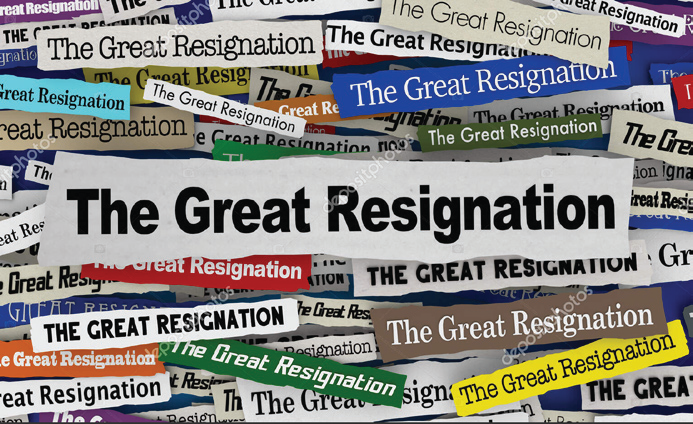Way back in the early 80’s two Harvard researchers found there are 5 clear steps to business growth. Every business must go through these stages if the owners want to expand their empire.
In the first three stages, business owners are usually closely involved, managing every process, making sure things are being done the company way. So often working long hours and beginning to feel frustrated that they simply cannot expand any further without loss of consistency and brand integrity.
To get to the next stage, Takeoff, the researchers found the business owner must put in an operations system which enables staff to do tasks delegated to them consistently, without constant input.
They found business simply will not expand beyond a certain ceiling without an operations system.
After over 30 years working with businesses in the franchise space I can agree.
These are the steps we promote for making your operations systems will be used by your staff and give you a platform to expand.First, structure your business for growth. Business structure has a significant impact on the way your operations will be organised and where to start.
Say you have a cleaning company. The structure now, if you’ve thought about it, may look something like this. (See diagram 1).
Right now, you the boss, with a little help from some staff, are probably wearing all hats and doing some of the work in the light green boxes sitting under admin.
To escape from this, focus on your delivery teams which are the drivers of growth. It doesn’t matter which business model you use (franchise, company outlets, licence, etc.) the fundamental thing is to be very clear about the characteristics (skills and personality) of the people you need to make sales and deliver your product and how your business is going to be structured so they can be supported to successfully do the tasks allocated.
So, we look at:
- Your market To clarify the desires of your ideal client (yes again – concentrate on how your ideal client wants to be treated)
- Your product What’s the relationship your delivery staff need to have with clients to keep them happy – face-to-face or remote.
- Your sales
- What’s the relationship your sales team need to have with clients to keep them happy – face-to-face or remote. Is lead generation remote? Can your delivery team do this work or must it be done in head
office? - From this you can work out the skills and personality of the person you want to make face-to-face sales and deliver that product. Does it matter if they are good with people or not?
- What support is needed to help them along the way?
Once you have answers to these questions, rethink how it all sits together. In virtually every case we find your structure needs to look something like this. (See diagram 2). The delivery functions come out of the general admin area and become a clear focus of their own. The general administration area has a new department with responsibility for supporting the money-making teams.
Just think about sales though. The relationship between lead generation, sales conversion and delivery is dependent on how digital your business is and the personality of your delivery personnel. Real Estate Agents will have the skills and personality to take on all sales and delivery. Most people delivering health related products will not be able to take on any lead generation or sales. Trades will not do lead generation but can often close the sale.Now you clearly have a vision on who is doing what, the operations to govern how tasks are done fall out much more easily.
This is how we approach the process of documenting operations.
Make someone else responsible
Give someone the role of documenting your systems and for managing the team that will help with the task. This person needs to be responsible in the long term for ensuring your operations are usable and used.
Plan as best you can
Start with the most important and urgent tasks. This will almost always be with your sales and delivery teams. Admin almost never gets done unless the admin task is associated with sales or delivery.
Start the process by creating a plan of important and urgent headings in sequential order of execution.
Use a cloud-based system
Paper documents are a thing of the past. Cloud-based operations systems which are available at the touch of a button on a phone when needed are the only way to go. These systems also allow you to create a system that is intuitive to use, is based on multi-media documents using video, images, text or a
mix as required. And by using hyperlinks and overviews, these systems let you create a hub, pulling all your digital systems together in one place and mean you can create a sophisticated system where nothing is duplicated and messy.Maintenance
Make sure your Systems Leader is there to keep everything up to date. Outdated systems are the first to be dropped by staff and franchisees.
Training
Base your training processes on your operations manuals – don’t duplicate ops in your training systems. This way staff are trained to use the ops as well as how to do the job.
On the job
Don’t allow your staff to ask you questions on how to do things – send them back to your operations system by asking if they have looked up the question there.
Performance Management
When things go wrong – base your performance management on your operations. Move them back into training again.The bottom line is you are the leader. Set up your business so you have a focused view of what’s important, get the operations for those tasks documented in an easy and usable system, then make sure everyone uses them.

